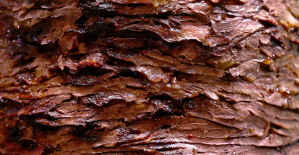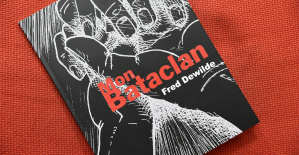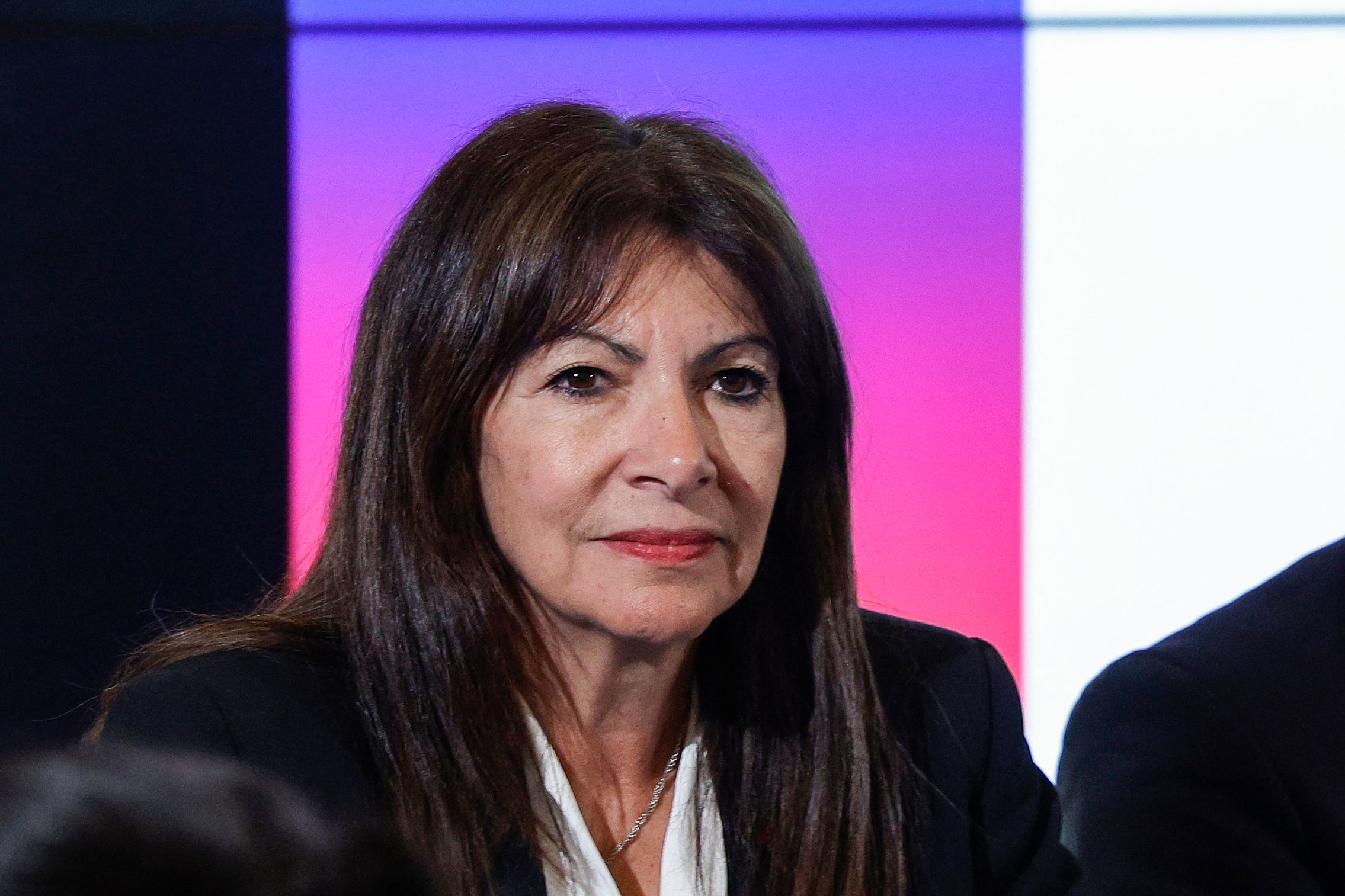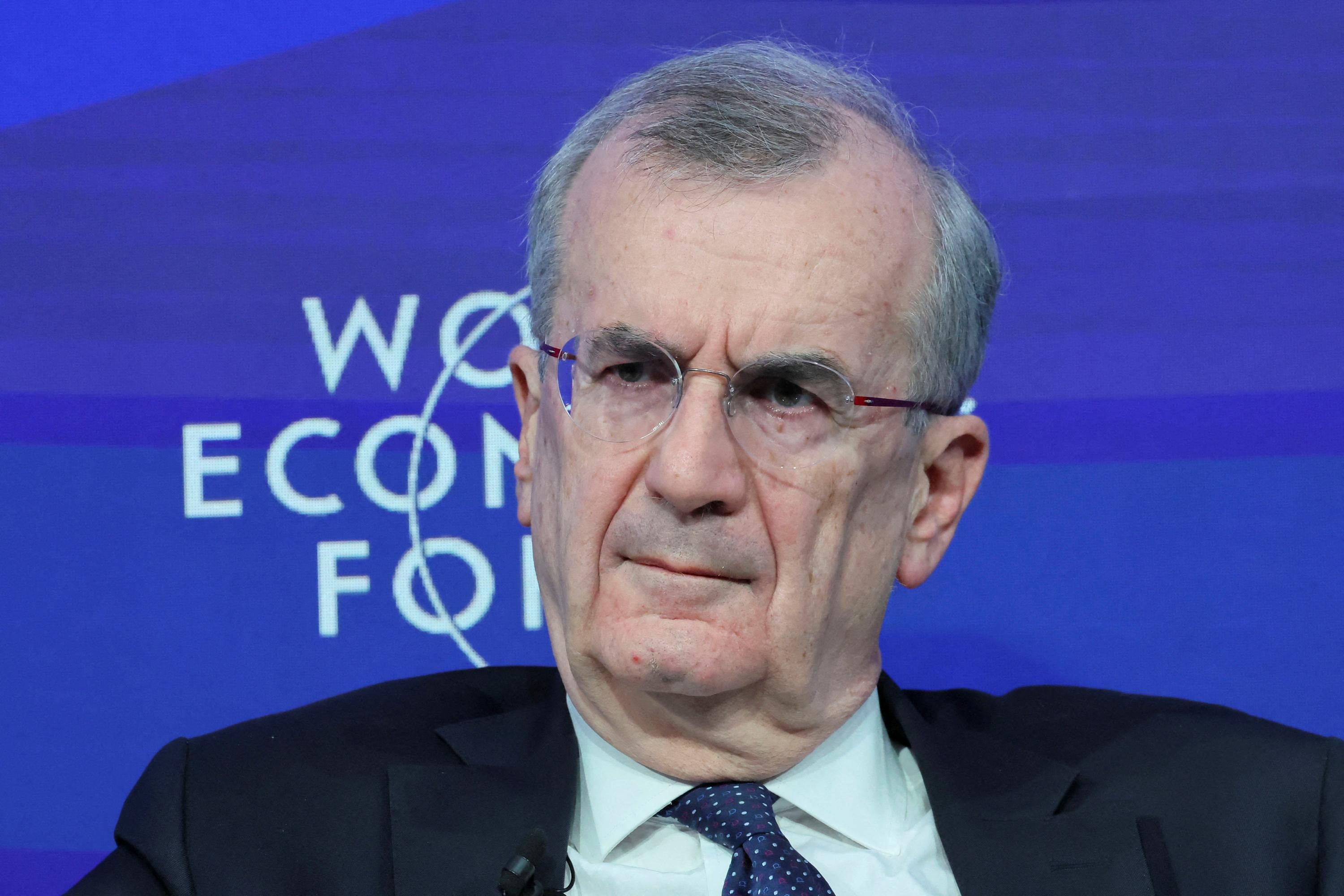Paul Engh requested a mistrial. He criticized the "sordid photos" that he claimed were not relevant and were repeatedly shown to inflame jury sympathies.
These details and secondary witnesses' testimony, while they may not affect the verdict of the jury, are part of a larger-picture prosecution strategy. It aims to convict Kim Potter of manslaughter and send her to prison for longer than she could otherwise.
Minnesota judges must adhere to state sentencing guidelines. The range allows for little flexibility and requires them to justify their reasoning. Prosecutors must convince a judge that aggravating circumstances warrant a longer sentence if they want to extend the range. Matthew Frank, the prosecutor, said that he was doing this.
Frank and his co-prosecutors presented a stream o officers, emergency medical workers, and civilians on Thursday. They gave detailed details, accompanied sometimes by graphic videos and photos about what occurred between Potter shooting Wright at paramedics and declaring him dead at the spot where Potter and others tried to arrest the 20 year-old during a traffic stop.
Potter and Anthony Luckey, the officer she was training stopped Wright on April 11, for expired license tags, and an air freshener hanging from the mirror. Video evidence and testimony show that Wright tried to get out of the car, but was stopped by officers for expired license tags and an air freshener hanging from his mirror.
Potter and her lawyers claim that she intended to use her Taser against Wright, but instead she accidentally grabbed her gun.
Thursday's testimony was largely focused on what occurred after Potter shot Wright. He then drove off and crashed into a car just a block away. Multiple defense objections were made, with the defense arguing that some of the images and testimony were repetitive and inflamatory.
Judge Regina Chu was told by Engh that Potter's thoughts were the problem. She yelled "Taser Taser Taser!" and pulled the trigger.
Engh stated that the state had spent an "inordinate amount of time presenting pretrial evidence" about the crash. He said it was the result of Wright's speeding, and that Wright was severely injured. He stated that he didn't see any evidence pointing to the proof of guilt, but evidence of "sordid pictures" and prejudicial impacts that were of little relevance.
Frank countered by saying that the state wants a longer sentence and that the evidence is relevant to show that Potter's reckless actions created a risk to others. He claimed that Wright was still able to drive his car and that she had shot him while she was still trusting her as an officer. He blamed her and Wright's girlfriend, as well as an elderly passenger in the car that was coming towards them, were both seriously hurt. Also, the state claims that Potter's actions put at risk Luckey and another officer involved in the arrest.
Wright struck the car with Wright's driver but he wasn't injured. Wright's wife testified that the crash caused her husband's decline in health. The testimony of her daughter backed this up. Wright's girlfriend stated that Wright still feels the effects of her fractured jaw. The jury saw a picture of Wright's mouth bleeding.
Officers who raced to the crash site and video evidence suggested that Potter's actions may have put them at risk. They also delayed efforts to save Wright's lives. The officers told the jury that they didn't initially know Wright was dead and weren't certain what they were dealing. They claimed that Wright could have been armed because they kept him in the car for 8 1/2 minutes and then pulled him out of his car to try to revive him.
Prosecutors must prove that Potter was reckless in order to win the first-degree manslaughter charge. They must prove culpable negligence for the second-degree manslaughter charge. Both charges do not require proof she intended to murder. Guidelines for sentencing call for seven years, two months and four years in prison for the first offense and three years and six months for the second.
To get a sentence exceeding eight years and seven month, the prosecution must prove aggravating conditions -- also known as "Blakely Factors" in a 2004 Minnesota Supreme Court case. On the most serious charge, the maximum sentence is 15 years. They have not yet said how many additional prison sentences they will seek if Potter is convicted.
Similar proceedings were followed in the case against Derek Chauvin, a former Minneapolis police officer who was convicted in this year's trial for second-degree murder in George Floyd's death. Frank and the other prosecutors asked Judge Peter Cahill to extend the sentence beyond the recommended 12 1/2 years under the sentencing guidelines. Chauvin was sentenced to 22 1/2 years by the judge. He stated that prosecutors had established that Chauvin abused authority and treated Floyd with cruelty. Also, several children were present at the crime and that Chauvin knew that kneling on Floyd's neck could be dangerous.

 In Germany, the far left wants to cap the price of “doner kebabs”
In Germany, the far left wants to cap the price of “doner kebabs” Israel-Hamas war: Gaza between hope of truce and fear of Israeli offensive in the South
Israel-Hamas war: Gaza between hope of truce and fear of Israeli offensive in the South “Mom, Dad, please don’t die”: in the United States, a nine-year-old child saves the lives of his parents injured in a tornado
“Mom, Dad, please don’t die”: in the United States, a nine-year-old child saves the lives of his parents injured in a tornado War in Ukraine: Putin orders nuclear exercises in response to Macron and “Western leaders”
War in Ukraine: Putin orders nuclear exercises in response to Macron and “Western leaders” A baby whose mother smoked during pregnancy will age more quickly
A baby whose mother smoked during pregnancy will age more quickly The euro zone economy grows in April at its best pace in almost a year but inflationary pressure increases
The euro zone economy grows in April at its best pace in almost a year but inflationary pressure increases Children born thanks to PMA do not have more cancers than others
Children born thanks to PMA do not have more cancers than others Breast cancer: less than one in two French women follow screening recommendations
Breast cancer: less than one in two French women follow screening recommendations Call for strike on Sunday at Radio France against “the repression of insolence and humor” after the suspension of Guillaume Meurice
Call for strike on Sunday at Radio France against “the repression of insolence and humor” after the suspension of Guillaume Meurice Disney: profitable streaming for the first time, after 5 years of losses
Disney: profitable streaming for the first time, after 5 years of losses “I’m going to four concerts... I spent 1,255 euros”: for Taylor Swift, these fans ready to break the bank
“I’m going to four concerts... I spent 1,255 euros”: for Taylor Swift, these fans ready to break the bank SNCF: the CEO defends the agreement on the end of career, “reasonable, balanced and useful”
SNCF: the CEO defends the agreement on the end of career, “reasonable, balanced and useful” A little something extra, signed Artus, exceeds one million entries in less than a week
A little something extra, signed Artus, exceeds one million entries in less than a week Fred Dewilde, designer and Bataclan survivor, ended his life
Fred Dewilde, designer and Bataclan survivor, ended his life “I don’t appreciate being used as media cannon fodder”: Emmanuelle Bercot responds to Isild Le Besco
“I don’t appreciate being used as media cannon fodder”: Emmanuelle Bercot responds to Isild Le Besco Who is Deborah de Robertis, the artist who painted The Origin of the World?
Who is Deborah de Robertis, the artist who painted The Origin of the World? Omoda 7, another Chinese car that could be manufactured in Spain
Omoda 7, another Chinese car that could be manufactured in Spain BYD chooses CA Auto Bank as financial partner in Spain
BYD chooses CA Auto Bank as financial partner in Spain Tesla and Baidu sign key agreement to boost development of autonomous driving
Tesla and Baidu sign key agreement to boost development of autonomous driving Skoda Kodiaq 2024: a 'beast' plug-in hybrid SUV
Skoda Kodiaq 2024: a 'beast' plug-in hybrid SUV The home mortgage firm rises 3.8% in February and the average interest moderates to 3.33%
The home mortgage firm rises 3.8% in February and the average interest moderates to 3.33% This is how housing prices have changed in Spain in the last decade
This is how housing prices have changed in Spain in the last decade The home mortgage firm drops 10% in January and interest soars to 3.46%
The home mortgage firm drops 10% in January and interest soars to 3.46% The jewel of the Rocío de Nagüeles urbanization: a dream villa in Marbella
The jewel of the Rocío de Nagüeles urbanization: a dream villa in Marbella Europeans: David Lisnard expresses his “essential and vital” support for François-Xavier Bellamy
Europeans: David Lisnard expresses his “essential and vital” support for François-Xavier Bellamy Facing Jordan Bardella, the popularity match turns to Gabriel Attal’s advantage
Facing Jordan Bardella, the popularity match turns to Gabriel Attal’s advantage Europeans: a senior official on the National Rally list
Europeans: a senior official on the National Rally list Blockade of Sciences Po: the right denounces a “drift”, the government charges the rebels
Blockade of Sciences Po: the right denounces a “drift”, the government charges the rebels These French cities that will boycott the World Cup in Qatar
These French cities that will boycott the World Cup in Qatar Mercato: Thiago Silva returns to Brazil and signs for Fluminense
Mercato: Thiago Silva returns to Brazil and signs for Fluminense Top 14: at what time and on which channel to follow the clash at the Toulouse-Stade Français summit?
Top 14: at what time and on which channel to follow the clash at the Toulouse-Stade Français summit? Tennis: Paula Badosa, former world No.2, passes the 1st round in Rome
Tennis: Paula Badosa, former world No.2, passes the 1st round in Rome Tour of Italy: Italian Jonathan Milan wins the 4th stage, Pogacar still leader
Tour of Italy: Italian Jonathan Milan wins the 4th stage, Pogacar still leader


















